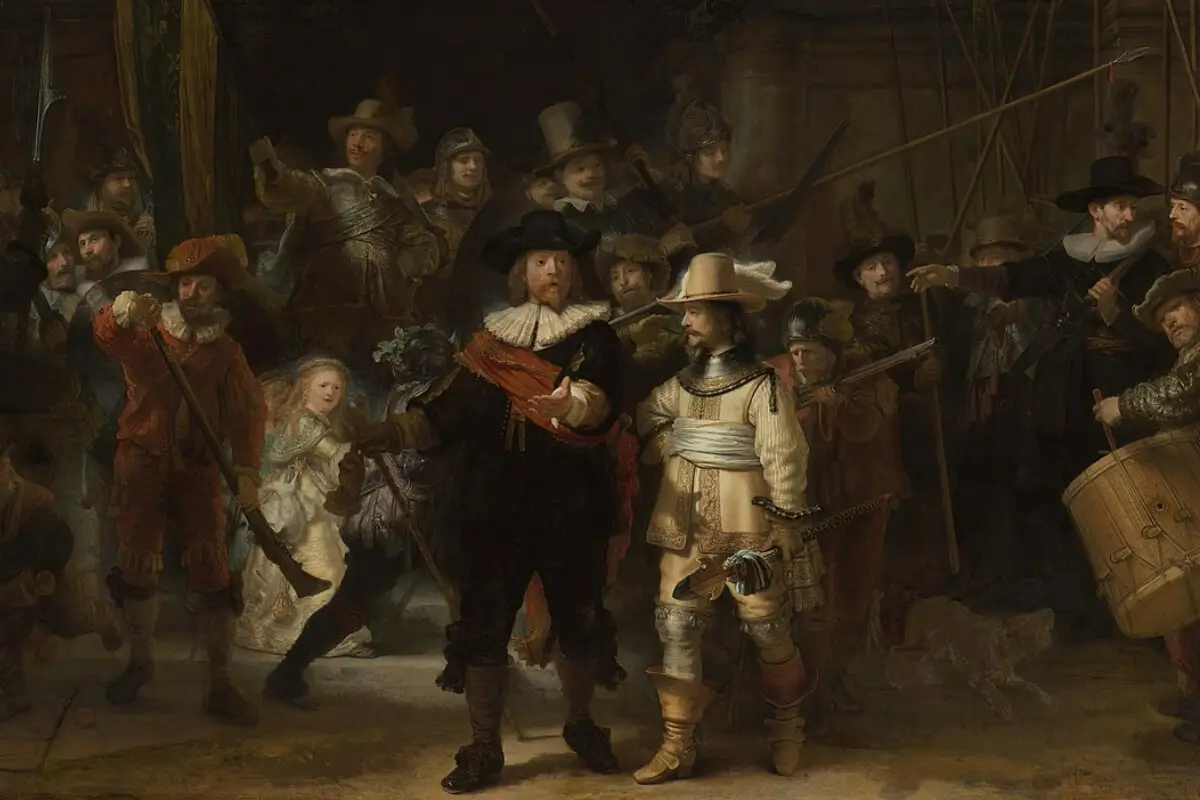The grandeur, the emotional depth, and the sublime realism of Baroque art have captivated the world since the 17th century. Born out of the period’s intense socio-political and religious conflicts, this artistic movement exhibits a unique flair in vivid textures, forms, and color play, rich in detail and dramatic expressiveness.
From delving into its fascinating origins to the masterful contributions of luminaries like Caravaggio and Rembrandt, exploring Baroque art is a journey through monumental grandeur, profound emotions, and intricate realism. This journey will also extend to understanding how the hallmarks of Baroque continue to echo in the heart of contemporary art.
Table of Contents
- Origins of Baroque Art
- Characteristics and Style of Baroque Art
- Prominent Baroque Artists and Their Works
- Impact of Baroque Art on Contemporary Arts
- Related Questions
Origins of Baroque Art
The Evolution and Historical Influences of Baroque Art
Art is a vibrant reflection of culture, seeping into every societal crevice to create, inspire, and provoke thought. While many art forms have emerged throughout history, few have made as striking an impact as Baroque art. Celebrated for its rich detail, expressive power, and vibrant theatricality, Baroque art maintained a significant influence from the late 16th century to the early 18th century.
Originating in Rome, Italy, around the 1600s, Baroque art came to life as a platform for the Catholic Church to communicate religious themes during the Counter-Reformation. This period, ripe with change and conflict, gave birth to this art form, where religious objectives and aesthetic pursuits merged to create vivid, dramatic, and emotionally charged artwork.
Baroque art uniquely emphasizes detail, charged to evoke emotional responses. With deeply intricate designs swirling into scenes of life, nature, and biblical narratives, Baroque art pieces are ever-complex, engaging the viewer with a realistic approach toward representation.
One cannot mention Baroque art without acknowledging the influential work of Italian artist Caravaggio. His innovative use of the chiaroscuro technique, leveraging light and dark contrasts to create a sense of depth and volume, became a cornerstone of the Baroque art aesthetic.
Following his lead, artists like Rembrandt and Vermeer interpreted and incorporated this technique into their work, effectively shaping its transnational character.
However, Baroque art wasn’t solely confined to Italy. Its influence expanded across Europe, introducing us to the Dutch Golden Age in the Netherlands, a time marked by a prolific art production.
The Dutch variant notably deviated from its Italian counterpart, focusing more on secular subjects such as landscapes, still life, and genre scenes, yet retained the distinctly dramatic and lifelike quality of Baroque.
The influence of politics was also distinctly visible in the evolution of Baroque art, as illustrated by the French Baroque. Heavily influenced by King Louis XIV, who favored grandeur and luxury, French Baroque echoed this ethos with its elaborate and luxurious architectural and painting design.
The Spanish Baroque, on the other hand, leaned into the morbid and stark aspects of life. With artists like Velázquez and Zurbarán at the forefront, the Spanish interpretation often represented powerful yet solemn religious themes, mirroring the country’s deep Catholic roots in contrast to the flourishing Protestantism in other regions.
While Baroque art eventually gave way to the Rococo style by the mid-18th century, its dynamic presence is still evident across Europe, its legacy echoing in countless churches, town halls, and palaces.
With its grandeur, emotionality, and complex aesthetics, Baroque art remains a pivotal episode in the annals of art history. It stands not just as an art form but as a testament to its time, reflecting the era’s religious tensions, political influences, and cultural shifts. Baroque art, in all its complexity and richness, will always serve as a compelling reminder of the power of art in speaking the language of its era.
Characteristics and Style of Baroque Art
Digging into the heart of Baroque art reveals a thoroughfare of varying and distinctive styles. The narrative is as pulsating and dynamic as the artwork itself. This myriad of styles is not merely an artistic choice—it reflects a cultural movement spilling into diverse realms of society.
Marveling at Baroque art, one is immediately struck by the dramatic effects and grandeur. These elements evoke a sense of awe and celebrate the power dynamics of a viewer. The use of scale is predominant in this era, engaging the viewer and playing with their perceived reality.
High ceilings and lengthy structures immersed the viewer, making it more of an ‘experience’ rather than passive observation. This captures the aspiration of Baroque artists to transcend the physical realm and ascend into the spiritual.
Perhaps even more evident in baroque artwork is the intense use of color. The vibrant hues were not just for aesthetic pleasure but functioned to heighten the emotional sensitivity within the viewer. Indeed, the skillful interplay of color and light functioned as a visual language, leading observers to understand a scene’s emotional core rather than merely appreciating the superficial physicality.
This strategic choice enabled artists to engage viewers on a deeper psychological level.
Examining most Baroque masterpieces exposes the diversity of subjects; all brought to life with striking realism. Whether capturing the grandeur of illustrious figures or the humble daily life scenes, artists valued the nuanced details of their subjects.
Furthermore, the inclusion of mirrors and musical instruments as stylistic elements began in this era, which suggests the artist’s fascination with reflections, inviting multiple viewpoints and interpretations.
Another distinctive hallmark of Baroque artwork is its dynamic compositions, with the artworks often appearing incomplete. This allowed the viewer to create an imaginative extrapolation in their minds.
Note how the figures appear caught in the middle of transitions, projecting an unrestrained dynamism that breaks away from static and idealized classics.
Moreover, understanding Baroque art isn’t complete without acknowledging its architectural aspects. As these dramatic scenes unfolded, it became clear that architecture played a crucial role in setting this stage.
Known for their ornate detail and elaborate decorations, Baroque architecture incorporated sculptures, bold contrasts, and dimensional depth, enhancing the glorious explosion of aesthetic elements that defined the era.
The late Baroque period it marked a unique synthesis of emotional intensity, grandeur, and vivid theatricality. It should be noted that this wasn’t just about depicting the elevated rank and prestige but rather about delving into profound depth, fostering a connection between the observer and the depiction.
This time of incredible innovation left the world of art forever changed. The Baroque period’s originality, passion, and creativity continue to inspire contemporary art. The ability to invoke such deep emotional responses and its dramatic presentation of reality ensures Baroque art’s significant place in the rich tapestry of art history.
Prominent Baroque Artists and Their Works
A deep exploration into the heart of Baroque art leads us to the footsteps of a handful of extraordinarily gifted artists who played an essential role in shaping this extravagant art style. Prominent among them were Caravaggio, Peter Paul Rubens, Gian Lorenzo Bernini, Anne Vallayer-Coster, Diego Velázquez, and Rembrandt van Rijn – each artist’s work proudly flaunting the hallmarks of Baroque that continue to mesmerize us, even today.
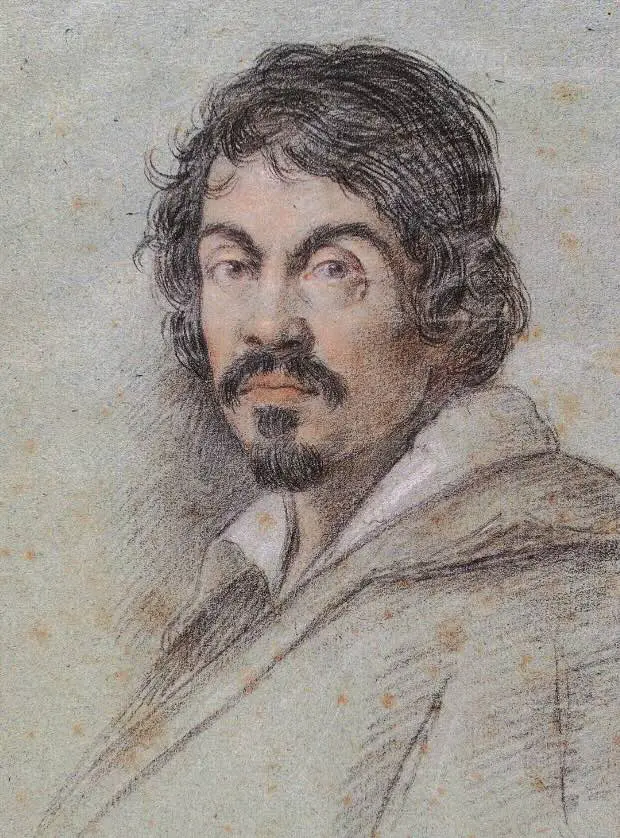
Embarking from Italy, let’s delve into the works of Michelangelo Merisi da Caravaggio, whose ground-breaking chiaroscuro style – emphasizing dramatic contrasts of light against dark – became a cornerstone of Baroque art.

Caravaggio’s works like “The Calling of Saint Matthew” and “Supper at Emmaus” capture everyday reality imbued with deep, spiritual significance, a novel approach that inspired European painters of various backgrounds.
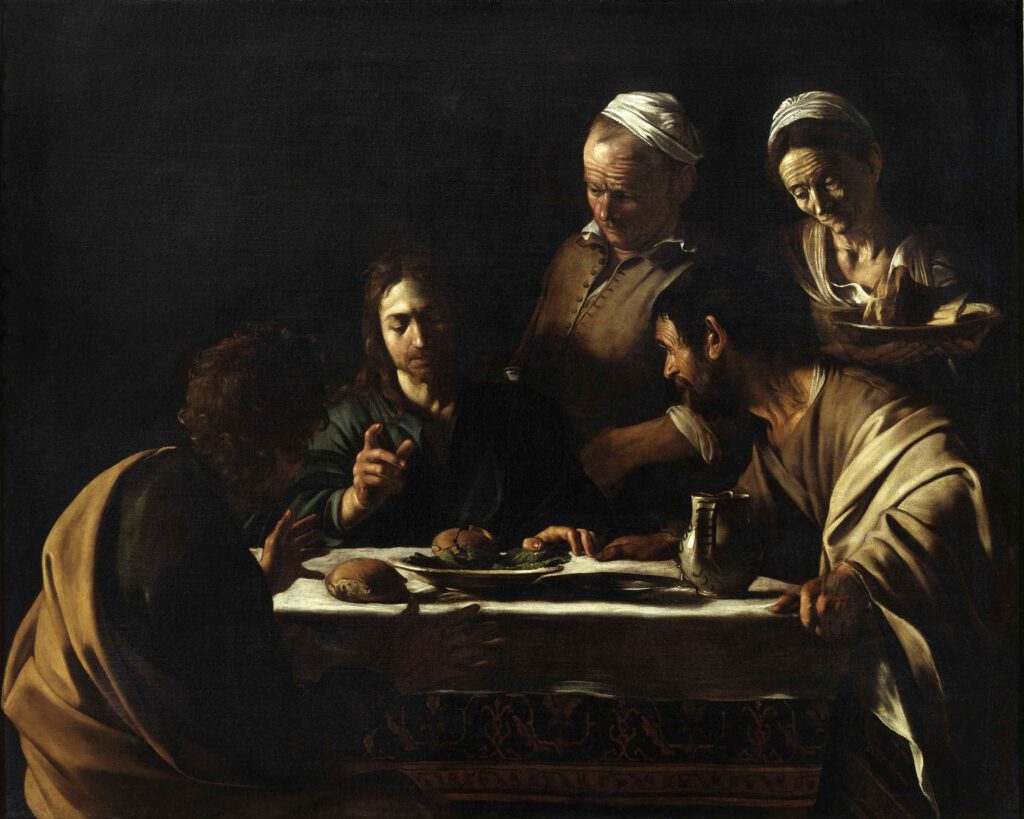
In the Low Countries, particularly the Dutch Republic, ambition, not religion, drove the art industry. One of the prominent figures was Rembrandt van Rijn, regarded as the greatest artist in the Dutch Golden Age and a master of the chiaroscuro technique.
Capturing the human soul’s profundity, Rembrandt’s etchings, like “The Night Watch,” embody the Baroque spirit of grandeur and drama.
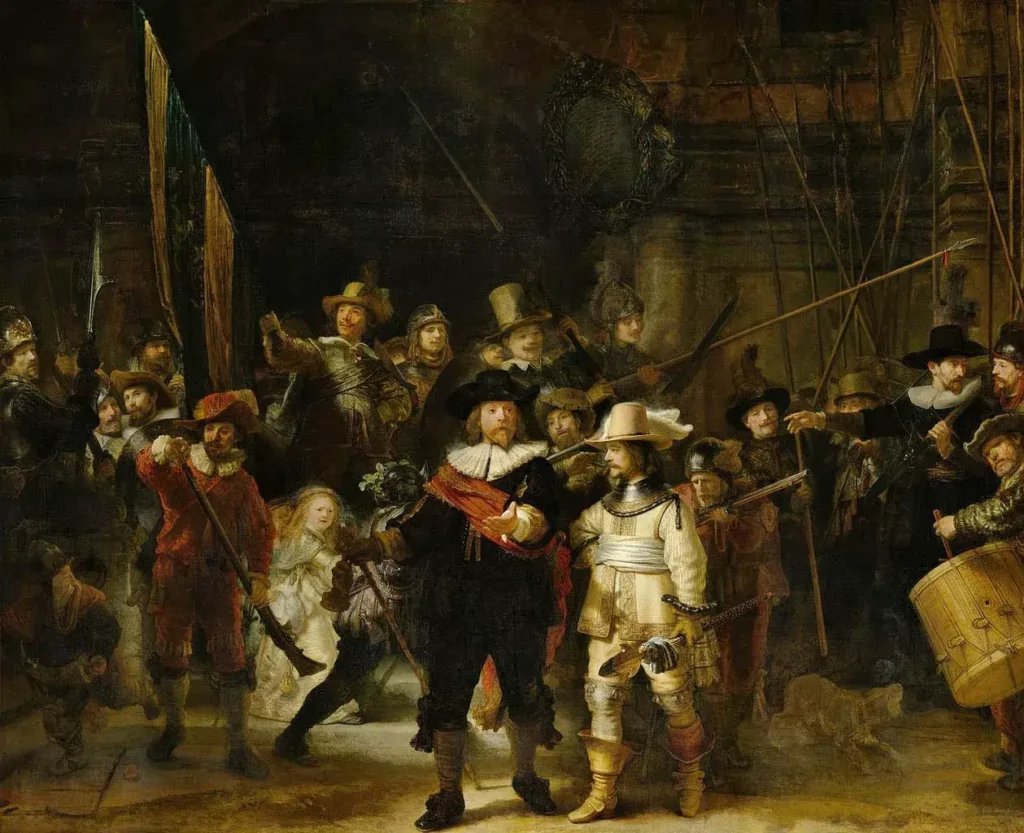
The Flemish artist Peter Paul Rubens also demands recognition with his art saturated with sensuality and vibrant color. Rubens’s renowned works, including “The Descent from the Cross” and “The Judgement of Paris,” feature anatomically robust figures in vigorous, dynamic poses – directly contrasting to the mannerist style just before him.

Next is Gian Lorenzo Bernini, an Italian sculptor who prominently defined Baroque sculpture with his ability to bring marble to life. His work, “Apollo and Daphne,” captures the narrative climaxes, turning the myth into a tangible manifestation of the drama that Baroque espouses.
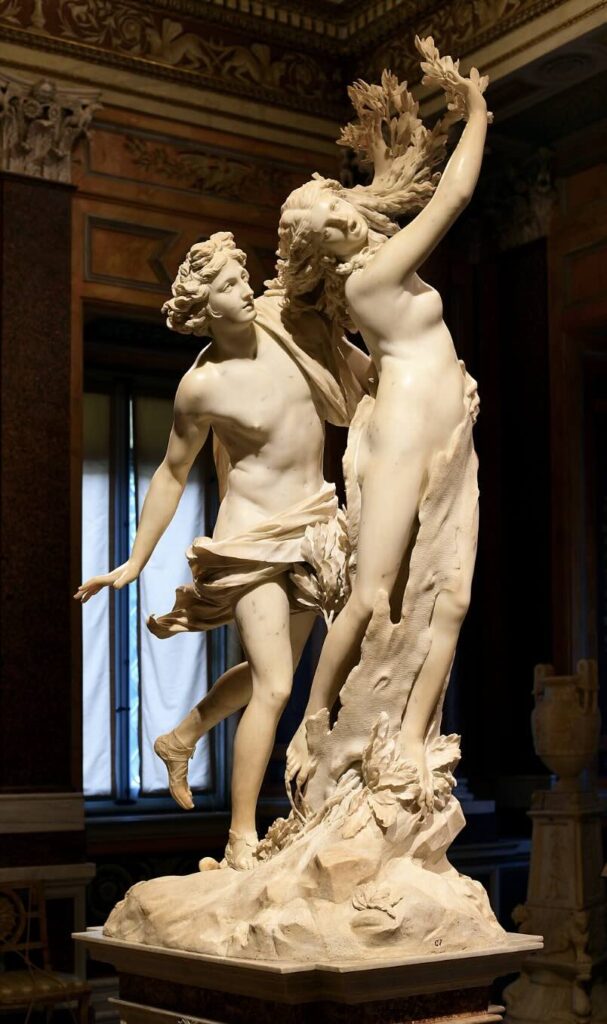
Among the female artists of the era was Anne Vallayer-Coster, a French painter best known for her incredible attention to detail.
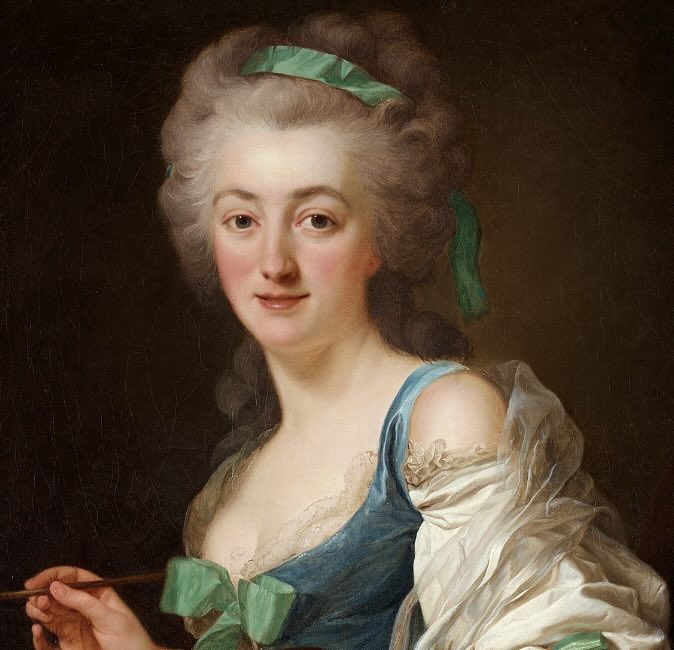

Her work, such as “Still Life with Mackerel,” exemplifies the Baroque style’s effort to create immersive experiences, with color, depth, and lighting inviting the viewer into the painting.
Each artist’s distinctive style and creative genius reflect the essence of Baroque art: detail, drama, movement, and emotional intensity captured on canvas. These masters transformed scenes from religion, mythology, and everyday life into an all-encompassing aesthetic experience, propelling the viewer into the heart of the narrative.
The Baroque period, thus, marks an era where art becomes a medium transcending mere visuals to evoke and manipulate the viewer’s emotions. Indeed, it’s a testament to Baroque’s enduring influence that the essence of its approach still permeates the world of contemporary art.
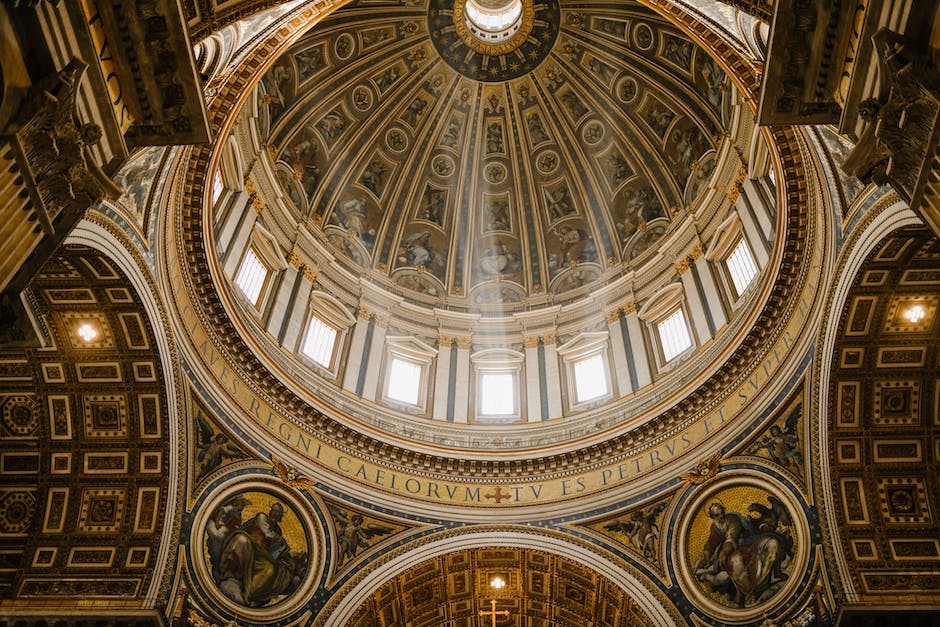
Impact of Baroque Art on Contemporary Arts
While the characteristics and impact of Baroque art have been expounded upon in-depth, one cannot go without discussing the iconic artists who were the torchbearers of this movement. We must discuss Caravaggio, the revolutionary Italian artist to begin this in-depth exploration.
His dramatic use of light and dark – or chiaroscuro – forever changed the face of the painting. Contemporary artists continue to be inspired by Caravaggio’s realistic and emotive depictions, whether character studies or still life.
Rembrandt van Rijn, undeniably one of the giants of the Dutch Golden Age, also mastered the chiaroscuro technique. His ability to illuminate subjects and objects in his compositions allowed for a depth and emotion that resonates with audiences present to this day. Current painters and photographers alike aspire to reach the depth of emotion and drama captured by Rembrandt.
Farther north, Peter Paul Rubens, the famed Flemish artist known for his vibrant and sensual depictions, employed color and movement to invoke an emotional response. This dynamic style popularized by Rubens has been mirrored in the works of several contemporary artists, his influence echoing on their canvases.
Spanish maestro Diego Velázquez’s emphasis on realism and depth in his portraits pioneered a new wave in painting, with artists today still striving to reach the level of Velázquez’s talent for capturing an individual’s character.
Another titan of the Baroque period was Gian Lorenzo Bernini. His craftsmanship succeeded in bringing marble sculptures to life, displaying an aptitude for detail and dynamic movement. The enduring influence of Bernini’s work is demonstrably palpable in contemporary sculpting and the way three-dimensional forms continue to be conceptualized.
In line with the Baroque emphasis on detail, French artist Anne Vallayer-Coster was known for her devotion to creating immersive experiences through intricate visual narratives. Her influence persistently echoes in the works of artists willing to open the window to the immersive world of detail and texture.
The Baroque period was about artistic expression and human experiences – it is encapsulated in drama, movement, and emotional intensity. Not only did the Baroque transform the art landscape in the 17th century, but its aftershocks continue to resonate through contemporary works today.
Contemporary art, be it Post-Modern, Minimalist, or Conceptual, has derived depth, emotional vigor, and dynamism from the Baroque’s indulgence in the dramatic, the detailed, and the grandeur. In the art world, the influence of the Baroque period is not just a memory; it persistently endures, continuing to shape, inspire, and metamorphose contemporary expressions.

Interwoven in the rich tapestry of history, Baroque art represents a pinnacle of expression and grandeur that left an indelible mark on the course of art. The era’s renowned artists used their distinctive styles to interpret this art movement, their masterpieces setting high benchmarks and resonating even in contemporary art styles.
While the Baroque period may have been centuries ago, its influence permeates the modern artistic landscape, demonstrating the timeless relevance and allure of the movement.
The impassioned dynamics of Baroque art, with its deep roots in realism and emotional complexity, continue to captivate, inspire, and impact artists and art lovers alike, solidifying its place in the annals of art history.
Anita Louise Art is dedicated to art education, great artists, and inspiring others to find and create their art. We love art that uplifts and inspires. #ArtToMakeYouSmile! #ArtToMakeYouHappy!
If you want to see any of my art, you can find out more by clicking here. If you are interested in what inspires me and my paintings, you can discover more by clicking here.
We have a free newsletter and would love you to be part of our community; you can subscribe to the newsletter by clicking here. If you have any questions, I would be happy to talk to you. You can reach me, Anita, by clicking here.
Subscribe to our Anita Louise Art YouTube Channel filled with great videos and information by clicking here.
Join us for our podcast “5 Minutes With Art.” Spend 5 minutes a week with us to discover and learn about great art and artists. You can find out more about our podcast by clicking here.
Related Questions
What Are The Major Periods In Western Art History?
The major Western art history periods are defined as Prehistoric Art, Ancient Art, Medieval Art, the Renaissance, Mannerism, Baroque, Rococo, Neoclassicism, Romanticism, Realism, Art Nouveau, Impressionism, Post – Impressionism, Fauvism, Expressionism, Cubism, Surrealism, Abstract Expressionism, Op Art, Pop Art, Arte Povera, Minimalism, Conceptual Art and Contemporary Art.
By clicking here, you can learn more by reading What Are The Major Periods In Western Art History?.
The Important Role Of Art Museums In The Art World
An art museum will help to collect and preserve works of art. They also interpret the art and help to educate us all about art. Many art museums will have programs that will allow you to even experiment with different types of art. The core role of an art museum is to inspire us about art.
By clicking here, you can learn more by reading The Important Role Of Art Museums In The Art World.
Greek And Rome’s Influence On Renaissance Art
The Renaissance, a period of rebirth, was greatly influenced by the classical ancient arts of Greek and Rome. During this period, many Greek and Roman works of art were also rediscovered; this helped the rediscovery of realism, symmetry, and harmony in the arts. Greek and Roman art also influenced the subject matter of many of the Renaissance artists.
By clicking here, you can learn more by reading about Greek And Rome’s Influence On Renaissance Art.

